The All Saints' Day is a significant date celebrated in many countries, including Andorra. In this small country located in the Pyrenees, the traditions surrounding this festivity reflect the rich cultural and religious heritage of the region. Communities come together to honor the memory of saints and loved ones who have passed away, creating an atmosphere of reverence and unity.
In addition to religious practices, this celebration is also marked by local customs that strengthen family and community ties. The importance of All Saints' Day goes beyond tradition; it represents an opportunity to reflect on life and spirituality. Thus, the festivities in Andorra offer a space for both mourning and celebrating life, consolidating the cultural identity of the country.
History and Origin of All Saints' Day in Andorra
All Saints' Day is a celebration that dates back to the 4th century, when the Catholic Church began to canonize martyrs and saints. This date is celebrated on November 1st and, in Andorra, it is a national holiday, reflecting the deep religiosity of the country. The origin of the festivity is linked to the desire to honor all saints, known and unknown, who contributed to the Christian faith. The tradition has established itself over the centuries, becoming an essential part of Andorran culture.
In Andorra, the celebration of All Saints' Day is marked by a strong spiritual component. Local history includes the influence of Christian traditions that intertwine with popular customs. The devotion of Andorrans is evident in the religious ceremonies held in churches, where the faithful gather to pay tribute to the saints. It is a day of reflection where the community comes together to remember those who have passed, highlighting the importance of faith and memory in Andorran culture.
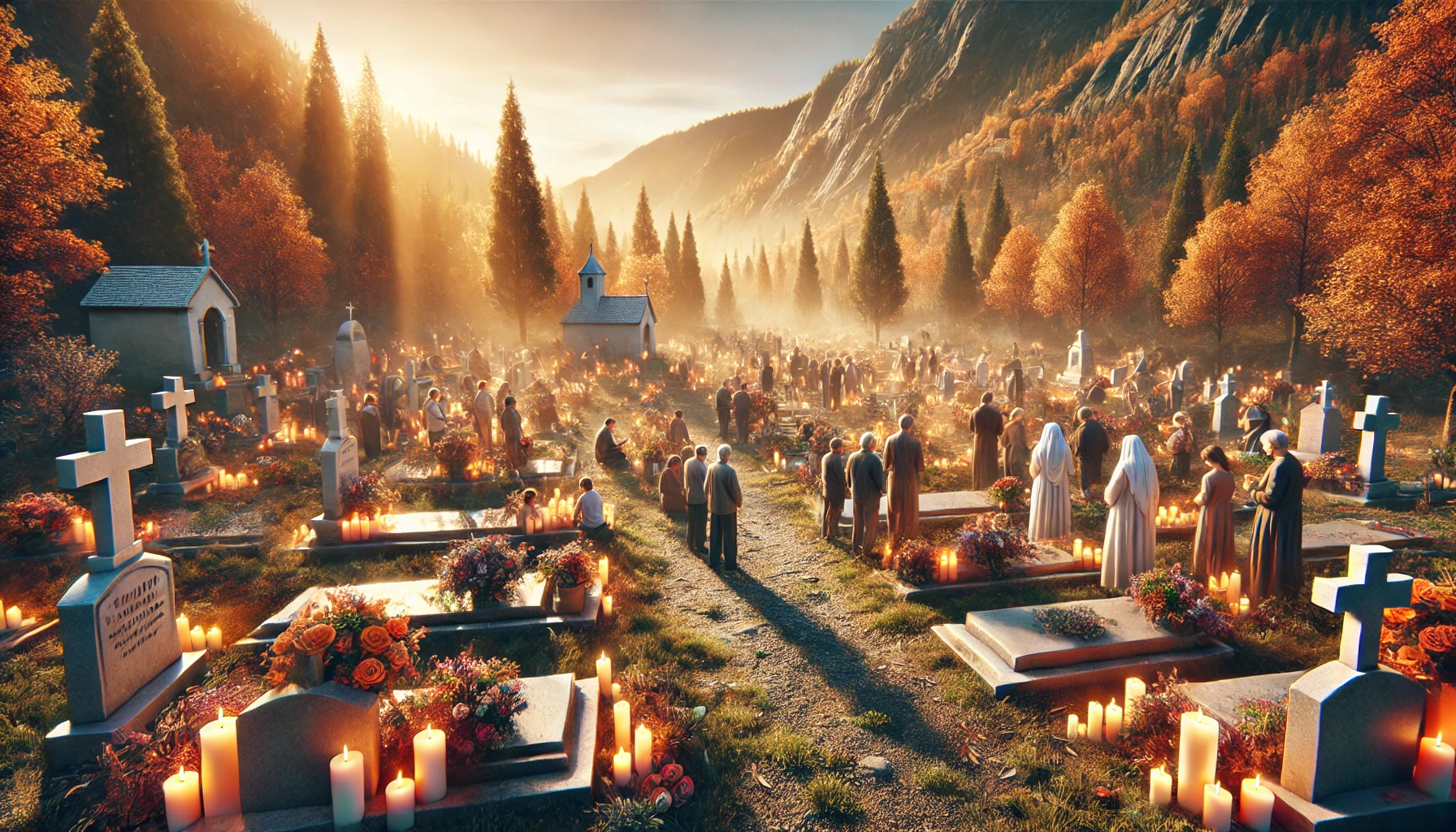
Moreover, All Saints' Day in Andorra serves as a moment of family unity. Many Andorrans take the opportunity to visit cemeteries and pay homage to their loved ones. This aspect of the celebration is fundamental, as it strengthens family and community bonds, promoting a sense of belonging and continuity among generations. Thus, the history of All Saints' Day reveals not only a religious celebration but also a significant cultural event that shapes the identity of Andorra.
👉 Download the Calendar for 2025
Full Calendar of All Saints' Day until 2050
Next Event
New Year's Day - 01/01/2026| Year | Next Date |
|---|---|
| All Saints' Day in 2025 | 11/01/2025 |
| All Saints' Day in 2026 | 11/01/2026 |
| All Saints' Day in 2027 | 11/01/2027 |
| All Saints' Day in 2028 | 11/01/2028 |
| All Saints' Day in 2029 | 11/01/2029 |
| All Saints' Day in 2030 | 11/01/2030 |
| All Saints' Day in 2031 | 11/01/2031 |
| All Saints' Day in 2032 | 11/01/2032 |
| All Saints' Day in 2033 | 11/01/2033 |
| All Saints' Day in 2034 | 11/01/2034 |
| All Saints' Day in 2035 | 11/01/2035 |
| All Saints' Day in 2036 | 11/01/2036 |
| All Saints' Day in 2037 | 11/01/2037 |
| All Saints' Day in 2038 | 11/01/2038 |
| All Saints' Day in 2039 | 11/01/2039 |
| All Saints' Day in 2040 | 11/01/2040 |
| All Saints' Day in 2041 | 11/01/2041 |
| All Saints' Day in 2042 | 11/01/2042 |
| All Saints' Day in 2043 | 11/01/2043 |
| All Saints' Day in 2044 | 11/01/2044 |
| All Saints' Day in 2045 | 11/01/2045 |
| All Saints' Day in 2046 | 11/01/2046 |
| All Saints' Day in 2047 | 11/01/2047 |
| All Saints' Day in 2048 | 11/01/2048 |
| All Saints' Day in 2049 | 11/01/2049 |
| All Saints' Day in 2050 | 11/01/2050 |
Local Traditions and Customs
The traditions of All Saints' Day in Andorra are rich and varied, reflecting the cultural heritage of the country. One of the most common practices is visiting cemeteries, where families decorate the graves with flowers and candles. This activity is not only a tribute to the deceased but also a moment of connection between the living and the dead. Cemeteries become meeting places where stories and memories are shared, and where the community spirit is reinforced.
👉 Download the Calendar for 2025
Another significant custom is the holding of masses and religious services in various Andorran churches. During these events, priests perform special prayers for the saints and the souls of the deceased. The celebrations include hymns and songs that convey an atmosphere of reverence and respect. Participation in such ceremonies reflects the devotion and faith of the population, who see this ritual as a way to keep the memory of those who have passed alive.
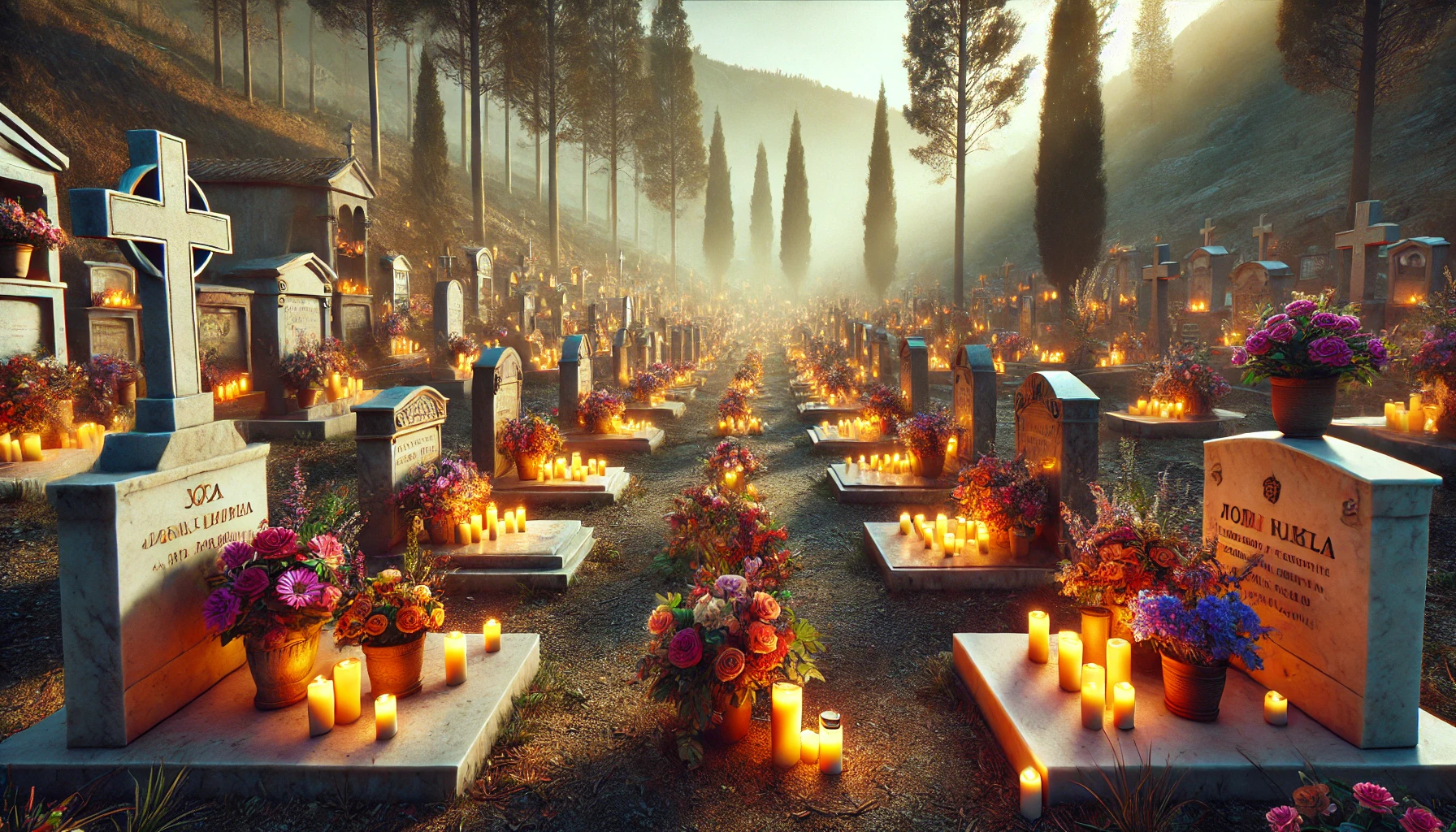
In addition to religious activities, various cultural festivities also take place in Andorra during All Saints' Day. Communities organize events that include performances of folk music and traditional dances, celebrating the rich cultural heritage of the country. This combination of religious rituals and cultural celebrations helps to strengthen Andorran identity and promote a sense of unity among citizens.
Religious Activities and Ceremonies
The religious activities on All Saints' Day in Andorra are profound and meaningful. The journey begins with the celebration of Mass, where the faithful gather in churches to pray and reflect. During the ceremonies, biblical passages are read that emphasize eternal life and the importance of remembering the saints. These readings not only inspire those present but also promote an atmosphere of introspection and spiritual connection.
After Mass, it is common for families to head to the cemeteries. This act of visiting graves is marked by specific rituals, such as placing flowers and lighting candles. The most common flowers are chrysanthemums, which symbolize life and death, being a popular choice to honor the deceased. This gesture of affection is a way to express love and longing, reflecting the importance that family traditions have in Andorran culture.
The religious ceremonies also include moments of community prayer, where members of the congregation come together in supplication for those who have passed away.
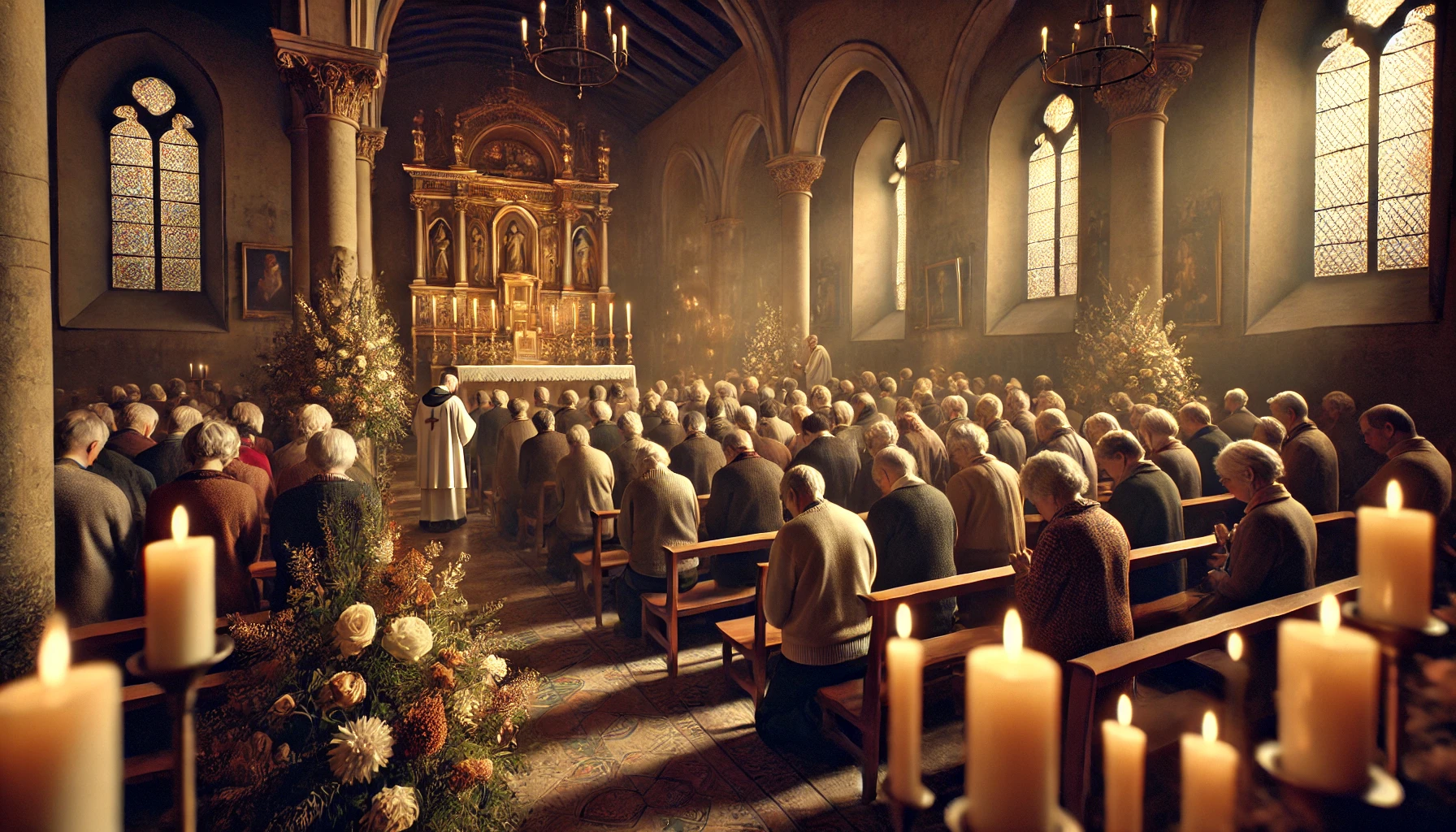
This union in prayer is a powerful reminder that life goes on and that the memory of those we love remains alive. Moreover, some groups organize night vigils, where candles are lit in memory of the deceased, creating an atmosphere of peace and contemplation that resonates deeply in the local spirituality.
Typical Gastronomy of the Celebration
During this time, it is common to find traditional dishes that are prepared especially for the occasion. One example is "canelons", a stuffed pasta that is often served in families. This dish is a way to make use of the leftovers from the All Saints' Day celebration, symbolizing the continuity of life and family tradition.
👉 Download the Calendar for 2025
Another popular food during this festivity is "pa de mort", a sweet bread that is traditionally made in various regions of Catalonia. This bread is often decorated with symbols that represent life and death. In Andorran households, "pa de mort" is shared among family and friends, reinforcing the notion of unity and sharing in a moment of remembrance and celebration.
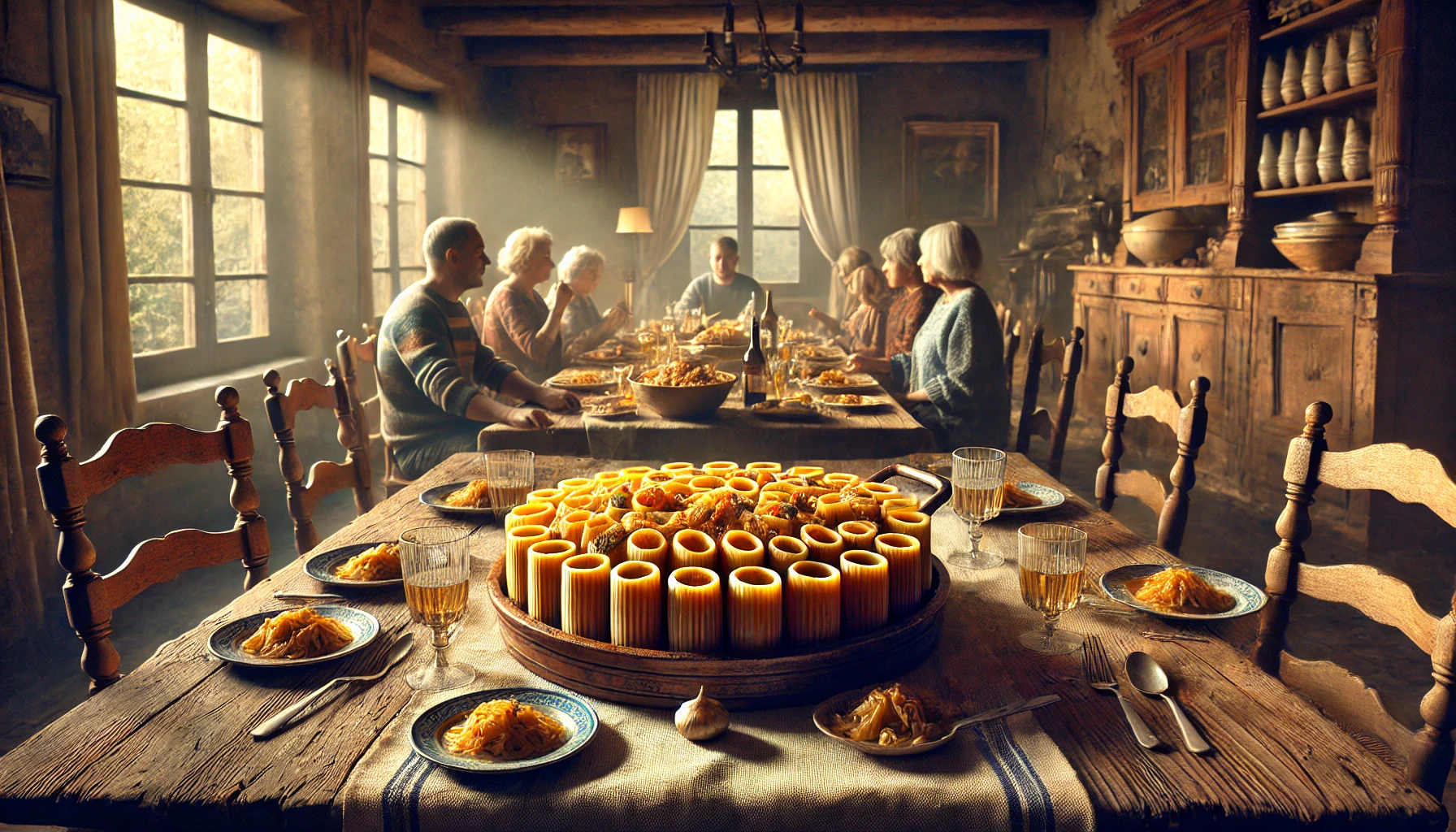
In addition to the dishes, desserts also play a fundamental role in the festivities. Typical sweets include cakes and pies that are prepared with local ingredients, such as nuts and honey. These sweets are not only a delight but also a way to celebrate the lives and memories of those who have passed. Gastronomy, therefore, becomes an extension of the celebration, allowing Andorrans to connect with their traditions in a tasty and meaningful way.
Relationship with the Day of the Dead
Although All Saints' Day and the Day of the Dead are celebrated on nearby dates, their traditions and meanings diverge. While All Saints' Day focuses on honoring saints and martyrs, the Day of the Dead, particularly in Mexico and other Latin American cultures, is a celebration of the lives of the deceased. In Andorra, the traditions of All Saints' Day include elements that reflect both the sorrow of loss and the joy of having known those who have passed away.
The intersection between these two celebrations is evident in the practices of remembering and honoring. In Andorra, families visit cemeteries and decorate graves, similar to what occurs in other cultures during the Day of the Dead. Thus, Andorran traditions can be seen as a fusion of rituals that celebrate life and death, emphasizing the importance of collective memory and respect for those who have already departed.
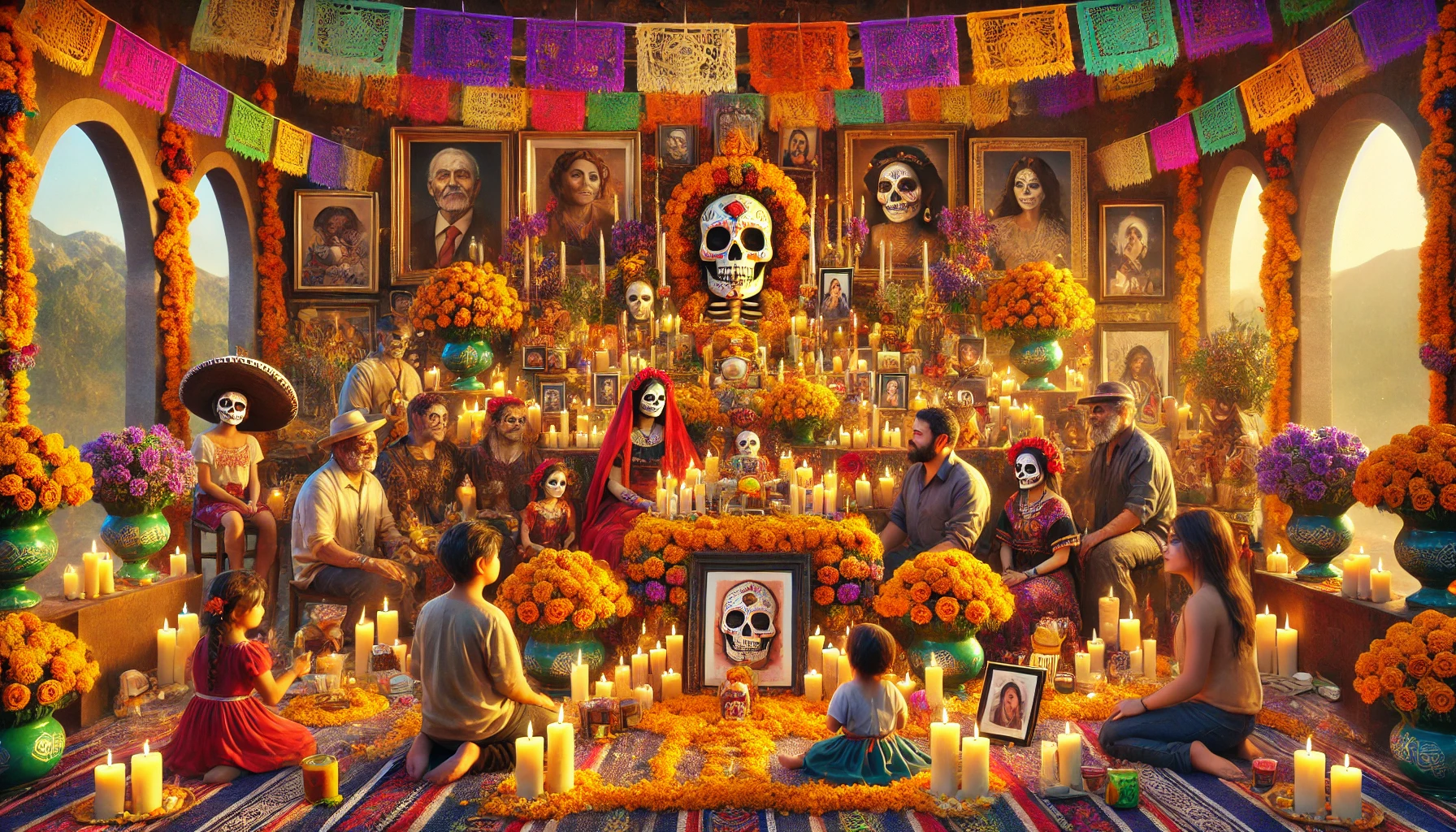
Furthermore, the relationship between the two celebrations can be observed in how communities come together to share stories and memories. In both cases, these practices promote a sense of community and belonging. Therefore, even though the celebrations are distinct, the essence of remembering and honoring the deceased is a common bond between All Saints' Day and the Day of the Dead, reflecting the universality of mourning and the celebration of life.
Conclusions and Learnings
The All Saints' Day in Andorra is an occasion that transcends mere celebration, reflecting the rich cultural and spiritual tapestry of the country. Local traditions, such as visiting cemeteries and preparing typical dishes, demonstrate a deep respect for ancestors and a connection to family roots. Thus, this special date becomes a moment of reflection and tribute.
👉 Download the Calendar for 2025
Moreover, the commemorative event also serves to strengthen community bonds, as the celebrations gather families and friends in an environment of unity and sharing. The coexistence and exchange of experiences during this celebration promote a sense of belonging and solidarity among the Andorrans. Therefore, All Saints' Day is more than a tradition; it is a celebration of life and collective memory.
Finally, this significant date not only preserves local traditions but also contributes to the cultural identity of Andorra. The impact of this event is felt throughout the year, encouraging the continuity of practices and the appreciation of history. All Saints' Day, therefore, is a testament to the importance of recognizing and celebrating our origins and the legacy we leave behind.
